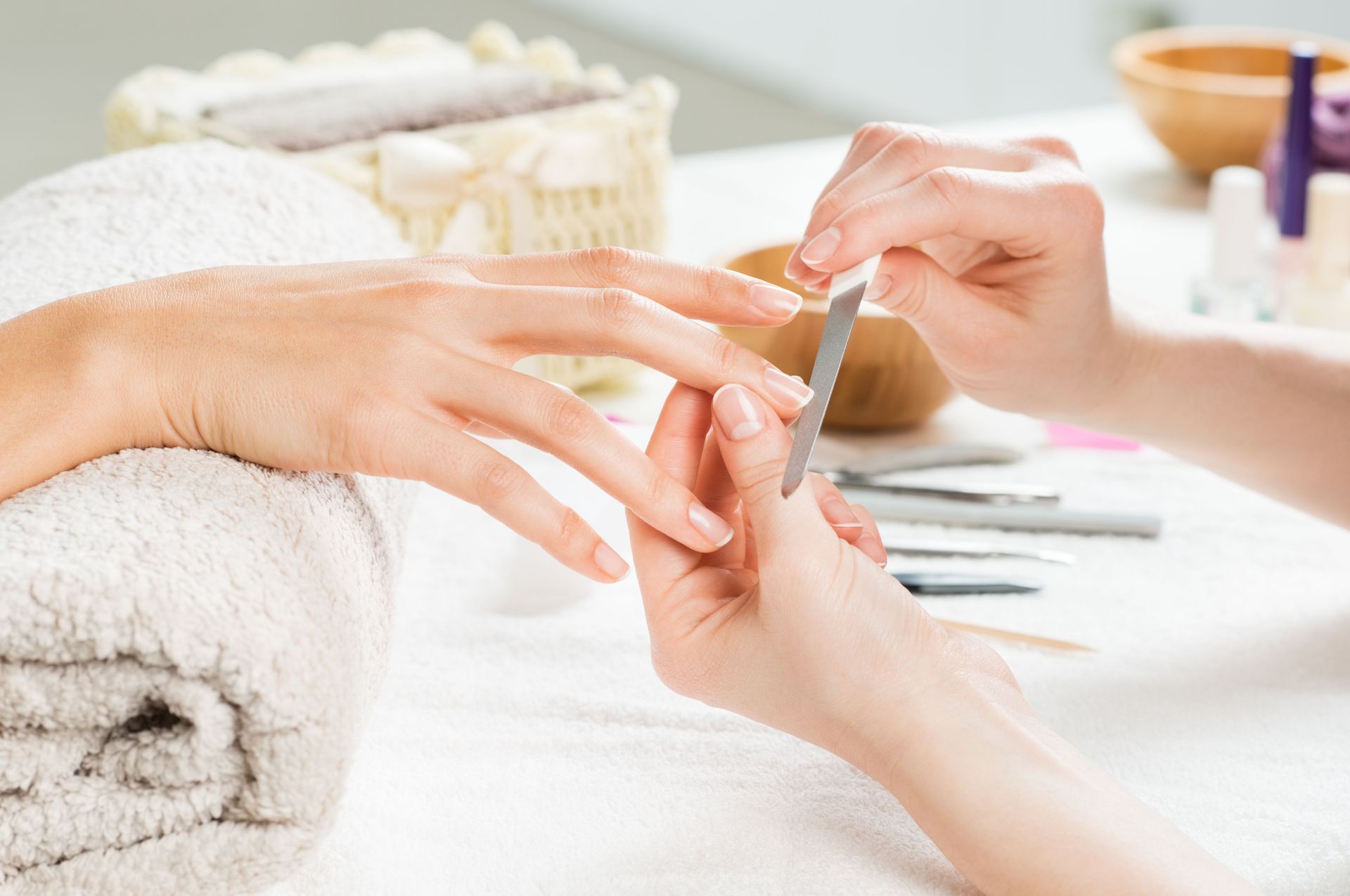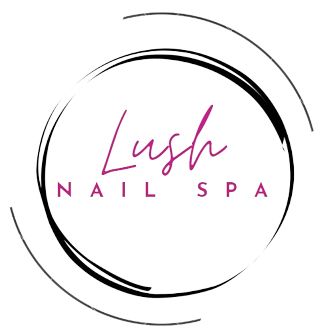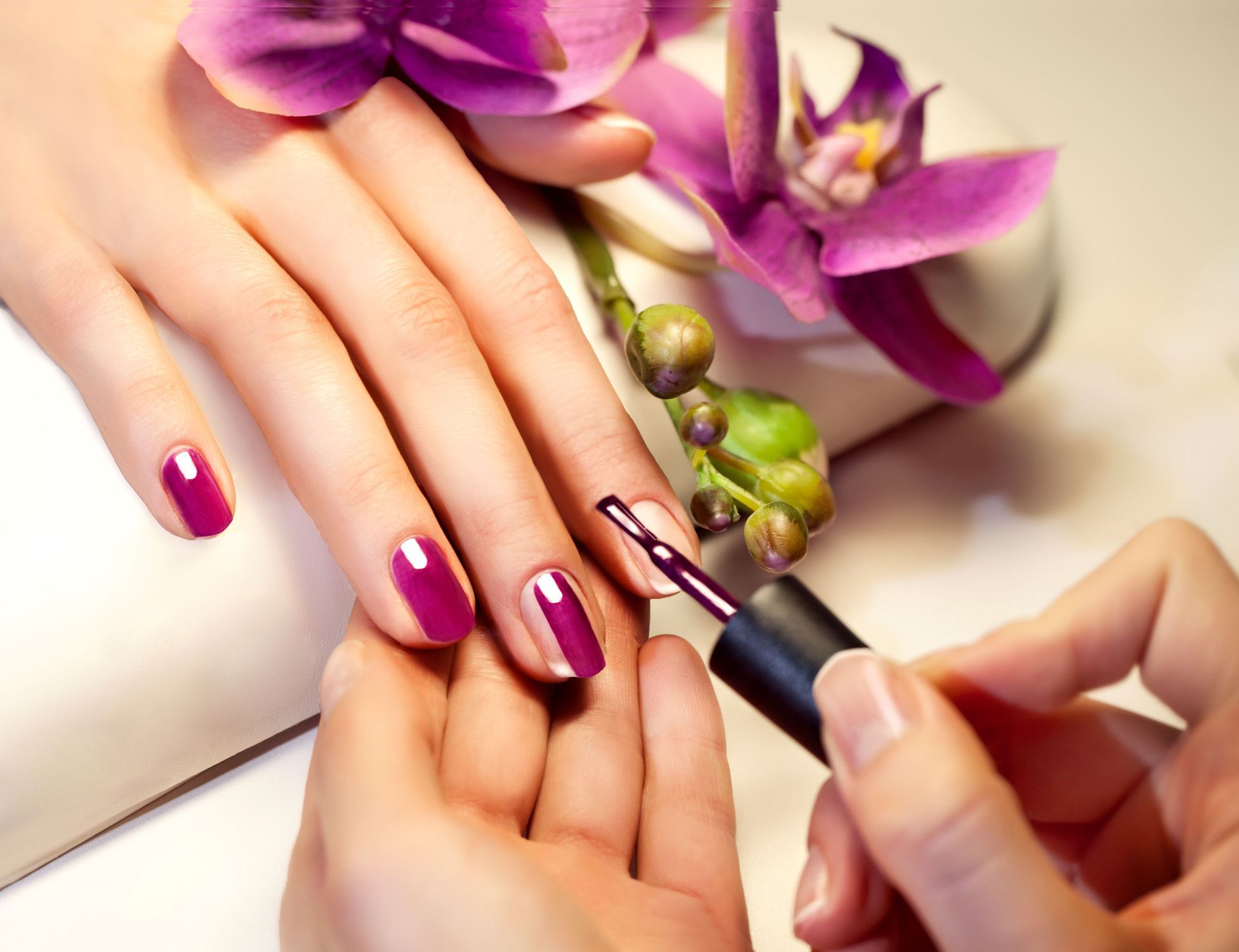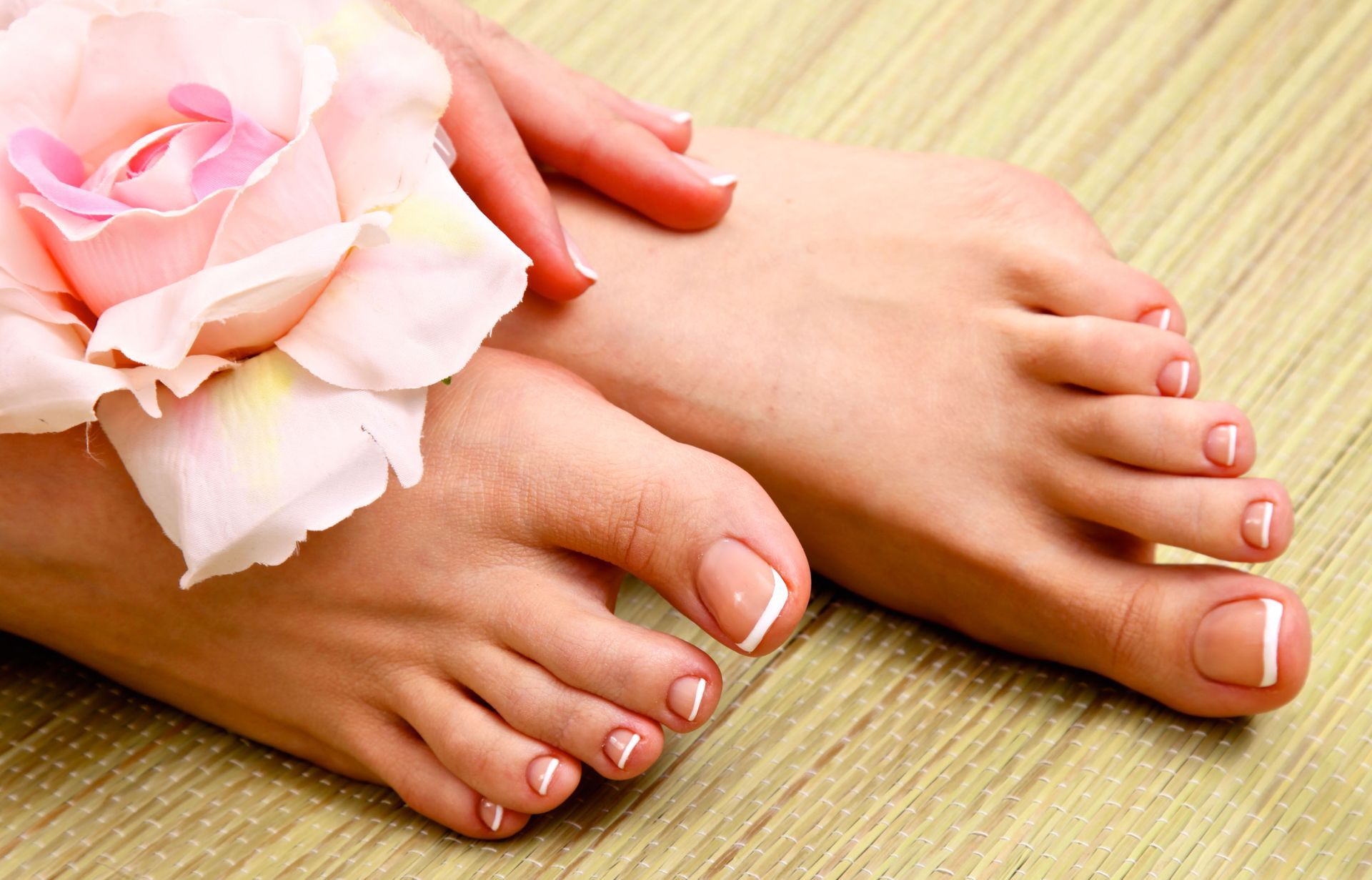How Nail Salons Are More Than Just for Beauty and Self-Care
Nail salons have long been associated with beauty and self-care, providing individuals a space to groom and express themselves through manicures and pedicures. However, these establishments offer far more than just aesthetic services. Today's nail salons have evolved into multifaceted institutions with impacts spanning social, economic, cultural, and even technological domains. Over the years, they have transformed from purely cosmetic enterprises to complex spaces contributing to community building, economic empowerment, and personal wellbeing. Understanding the broad implications of nail salons can redefine how society perceives and values these establishments.
Building Community and Fostering Social Interaction
Exploring the Historical Role in Communities
Historically, nail salons have served as intimate venues within communities, where patrons can gather and socialize. These salons often act as accessible meeting points, fostering an environment where individuals connect over shared interests. Not only do they provide a platform for interactions, but they also facilitate discussions on local events and issues, strengthening community bonds. The neighborhood nail salon can build a sense of belonging, contributing to the social fabric of the area. For many, these settings become more than service providers; they are spaces for communal growth and support.
Creating Modern Social Hubs
In contemporary society, nail salons continue to function as vibrant hubs of social activity. With the growing trend of group appointments, friends and family frequently visit salons together, enhancing their bonding experiences. This trend aligns with the primary customer base, according to Grand View Research, which includes women aged 19 to 40 who value these social aspects. As clients interact over the buzz of nail dryers and the smell of acetone, friendships are formed and societal barriers are diminished. Salon owners share that creating a welcoming environment is critical to attracting returning customers, essential for community integration.
Encouraging Cross-Cultural Exchanges
Nail salons often become melting pots where diverse cultural exchanges occur. Staff and patrons from various backgrounds bring their unique practices and stories, enriching the cultural dialogue within salons. Employees often introduce elements of their heritage through traditional nail art or salon décor, offering clients a glimpse into other cultures. Through these interactions, nail salons help in promoting cross-cultural understanding and appreciation. This setting not only educates patrons but also celebrates the global tapestry within communities.
Providing Space for Social Networking
Apart from traditional socializing, nail salons are emerging as unorthodox networking venues. As people relax and conversations flow, unforeseen opportunities for networking arise, potentially leading to career advancements and collaborations. Entrepreneurs and professionals find that casual salon conversations often transition into discussions about business ideas or career strategies. The casual atmosphere breaks down formal barriers, allowing clients to share insights and forge professional connections seamlessly. By serving as informal networking spaces, nail salons contribute to individual growth and collective community prosperity.
Sharing Personal Stories and Building Connections
Patrons frequently share personal stories and experiences within the safe confines of a salon. This narrative tradition not only builds personal connections between clients and staff but also enhances the therapeutic aspect of the salon experience. Listening ears and trustworthy confidants are often found in nail technicians, who play dual roles as service providers and empathetic listeners. The time spent together during treatments naturally fosters storytelling, resulting in lasting client-technician relationships. As individuals share, they become part of a salon's narrative, weaving their stories into the fabric of the community.
Driving Small Business and Economic Growth
Empowering Small Business Ownership
Nail salons are predominantly small businesses owned by individuals and families, contributing significantly to local economies. For many, owning a salon is a gateway to entrepreneurship, offering financial independence and a chance to employ others, thereby generating community livelihood. Entrepreneurial ownership empowers individuals, many of whom are from immigrant backgrounds, to achieve economic stability and mobility. Moreover, these businesses foster local pride and independence as they cater to specific community needs. Overall, nail salons act as incubators for small business innovation and ownership within urban and rural areas alike.
Contributing to Local Economic Health
The economic footprint of nail salons within local communities is considerable. With a steady stream of clientele, which according to Grand View Research, is primarily women aged 19 to 40, these businesses maintain regular demand for products and services, fueling other local industries. They purchase supplies from local vendors, thus supporting the production and retail sectors. Additionally, nail salons generate tax revenue crucial for community services and infrastructure. By employing residents, they further keep the community's economic environment vibrant and dynamic, underscoring their importance in community economic ecosystems.
Creating Employment Opportunities
Nail salons are major employers in the beauty and personal care sector, providing diverse job opportunities from technicians to managerial roles. They offer stable employment, often with flexible hours, making them an attractive option for various demographics, including students and part-time workers. The industry also enables employees to build and refine their skills, offering a path toward career advancement and financial stability. By providing occupational opportunities, nail salons contribute to reducing unemployment rates and supporting local economies. Furthermore, these establishments frequently act as stepping stones for employees aspiring to launch their own businesses.
Offering Educational and Training Programs
The nail salon industry is committed to professional growth through various educational and training programs. These programs, often run in partnership with beauty schools and associations, equip future technicians with the necessary skills and industry certifications. Training includes learning cutting-edge techniques, customer service, and business management, preparing employees for diverse roles within the sector. Continuous education is emphasized as the industry grows, ensuring workers remain updated with evolving trends and technologies. By investing in education, salons promote a skilled workforce capable of elevating the industry's standards.
Stimulating Growth in Related Industries
The nail salon industry indirectly stimulates growth in related sectors, creating a ripple effect on the economy. They support wholesalers and manufacturers of beauty products, contributing to a robust supply chain. Additionally, they drive demand for marketing, accounting, and legal services, as small business owners seek support to run efficient and compliant operations. The industry's expansion also encourages advancements in beauty technology and product innovation, pushing manufacturers towards greener, more sustainable practices. This interdependence between nail salons and related industries underscores their significance within the broader economic framework.
Celebrating Cultural Significance and Expression
Preserving Traditional Nail Art Forms
Traditional nail art is an integral element of many cultures, with nail salons preserving and promoting these customs through their services. Techniques such as henna designs and intricate Asian patterns highlight culturally significant art forms that date back centuries. By offering such services, salons help preserve these traditions, allowing them to flourish internationally. Cultural authenticity is maintained by technicians who specialize in traditional forms, educating clients about their origins and meanings. Their commitment ensures that cultural heritage is celebrated within contemporary beauty practices, keeping traditions vibrant and alive.
Introducing Modern Artistic Trends
In contrast to traditional techniques, nail salons also lead the charge in modern artistic trends, showcasing creativity and innovation in nail design. The ever-evolving styles reflect current fashion and popular culture, attracting a diverse and experimental clientele. Technological advancements have facilitated the use of new materials, textures, and processes, redefining what's possible in nail artistry. As clients (according to Grand View Research, largely women aged 19 to 40) express their personalities through nail designs, salons adapt to meet their evolving tastes. This dynamic dialogue between artistry and client preference exemplifies the vitality and adaptability of modern nail art.
Nail salons have transcended their traditional roles, emerging as important societal institutions with widespread impacts across cultural, economic, and social landscapes. As multifaceted spaces, they not only offer beauty services but also act as community hubs, support economic vitality, and embrace cultural diversity. If you're seeking quality nail salons, contact Lush Nails Spa today!





Share On: